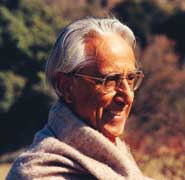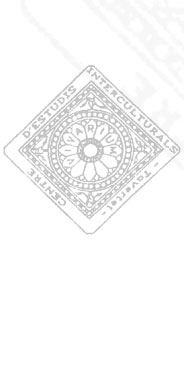




Orthopraxis versus orthodoxy and orthopoesis
Panikkar makes use of a new concept, orthopraxis, to speak of two expressions of faith and belief that can neither be mixed together nor be entirely separated: doctrine and morality. The former identifies faith with orthodoxy, adherence to a correct doctrine; but identifying faith with orthodoxy can lead to “dogmatism” (which rigidly emphasizes the value of a fixed intellectual formulation of faith). The formulation of faith cannot be united essentially to its content, as this would violate its transcendent character … Faith is a mystery that cannot be linked to a fixed form of expression nor univocally converted into any formulation whatsoever (La nueva inocencia).
The latter expression, morality, insists on the moral character of the religious act, the supremacy of the good, tending to identify faith with a certain correct moral behavior (orthopoiesis). However, identifying faith with moral rectitude leads to “moralism” (the suffocation of the act of faith): which then “destroys the very foundation of religion which claims to be more than mere perfectionism”. Panikkar proposes, as a means of overcoming both extreme, the concept of faith as orthopraxis. Man is more than a spectator and interpreter of the world, he is above all an actor; orthopraxis tries to be a true path of salvation – “divinization”. And so it is that faith is not so much a doctrine or a moral code as “a fundamental act that opens us to the possibility of perfection” (L’homme qui devient Dieu, Paris 1970).
official site